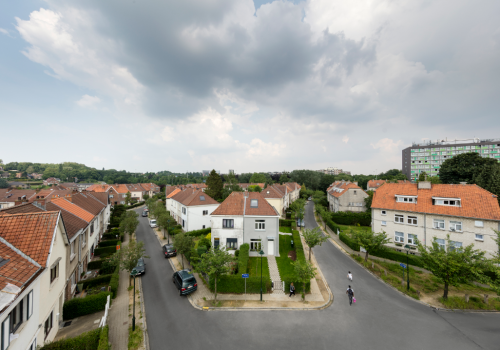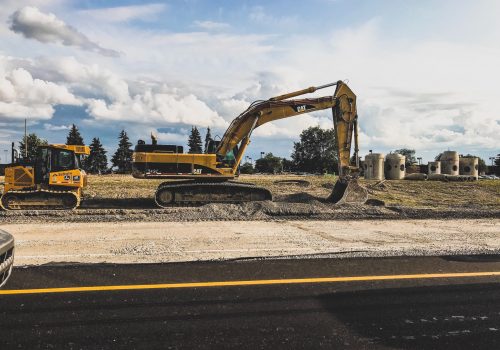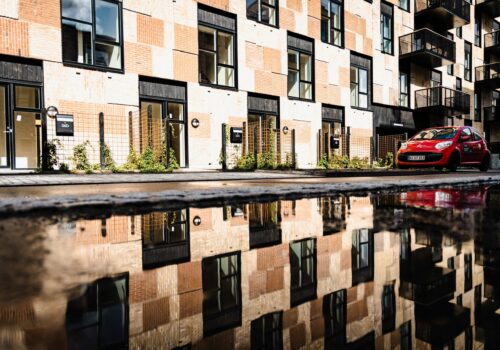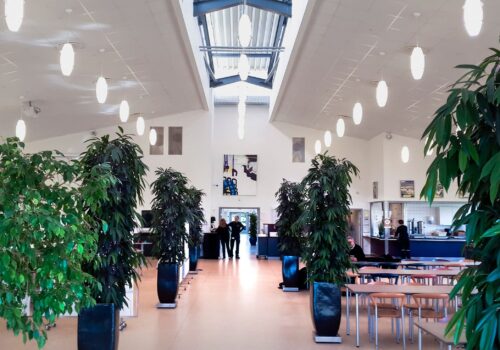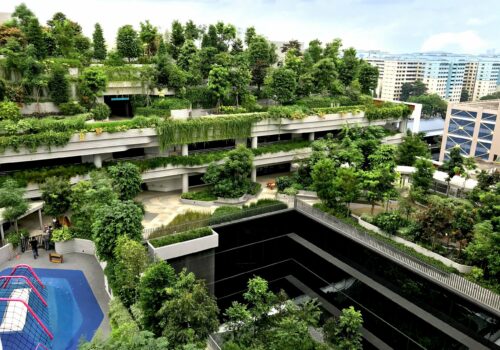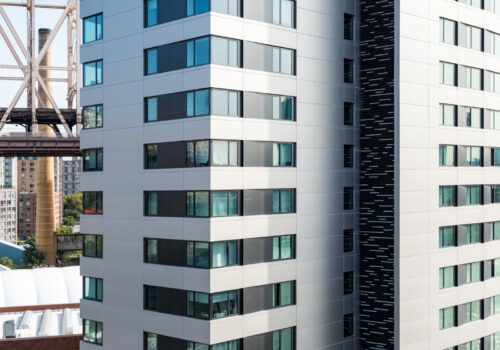The challenge
The energy consumption of buildings is responsible for 40 per cent of Denmark’s overall energy consumption and 23 per cent of CO2e emissions. 10 per cent of the country’s CO2e emissions stem from the production of building materials and building processes. To significantly reduce these figures, the construction industry’s climate partnership has investigated how CO2e emissions can be reduced across all parts of the value chain and analysed the carbon footprint of buildings and infrastru...
The energy consumption of buildings is responsible for 40 per cent of Denmark’s overall energy consumption and 23 per cent of CO2e emissions. 10 per cent of the country’s CO2e emissions stem from the production of building materials and building processes. To significantly reduce these figures, the construction industry’s climate partnership has investigated how CO2e emissions can be reduced across all parts of the value chain and analysed the carbon footprint of buildings and infrastructure over their entire lifespan.
The potential
The vision
By 2030 we will have significantly lowered buildings’ CO2e emissions. Oil burners will have been replaced by electric heat pumps or district heating, and we will no longer use natural gas for heating. Only in rare cases will buildings be demolished, as it creates too much of a deficit on our CO2e accounts. Instead, we will renovate, change their usage and create up-to-date green buildings. All this will take place using fossil-free construction processes.<...
The vision
By 2030 we will have significantly lowered buildings’ CO2e emissions. Oil burners will have been replaced by electric heat pumps or district heating, and we will no longer use natural gas for heating. Only in rare cases will buildings be demolished, as it creates too much of a deficit on our CO2e accounts. Instead, we will renovate, change their usage and create up-to-date green buildings. All this will take place using fossil-free construction processes.
Potential for CO2e reductions
The climate partnership has estimated that implementing the proposed measures by 2030 will result in a net reduction in CO2e emissions of approximately 5.8 million tonnes per year.
Recommendations
Reducing the energy consumption of existing buildings and managing their consumption intelligently can lower consumption by 20-25 per cent by 2030
Danish buildings should be heated solely by renewable energy, which include a general plan for replacing natural gas with climate-friendly alternatives at 400,000 buildings, and replacing 100,000 oil boilers with heat pumps. Finally, renovations of the buildings should be undertaken to reduce homeowners’ electricity and heating costs
CO2e accounts must be a non-negotiable requirement in the current voluntary sustainability standard and building regulations as soon as possible – and similar requirements for infrastructure projects
No more gas and diesel at construction sites through electrically powered forklift trucks and cranes, biofuels for the excavators, and electricity and district heating in stead of diesel powered generators. Government can assist in securing access to green energy and biofuels and ensure that biofuels are financially competitive
Energy label all buildings within five years. Labels must contain continually updated
information on the current state and possibilities for reducing energy and water consumption and improving the indoor climate

The Climate Partnership for Construction
Want to learn more about the climate partnership and explore the government and industry recommendations more in-depth? Fill in your information below and download the highlights
Cases
Contact
The Danish Construction Federation
Esben Mortensen
[email protected]
Elly Kjems Hove
[email protected]
About the partnership
Chairman
Jesper Kristian Jacobsen, CEO, Per Aarsleff
Vice chairman
Peter Kaas Hammer, CEO, Kemp & Lauritzen
Private partners
- The Danish Construction Federation
- SMEdenmark
- Ramboll
- Danish Association of Architectural Firms
- CG Jensen
- ROCKWOOL Group
- BAT-Kartellet
- TEKNIQ
- And 100+ companies and organisations related to the Danish construction industry
Public partners
- Ministry of the Interior and Housing

